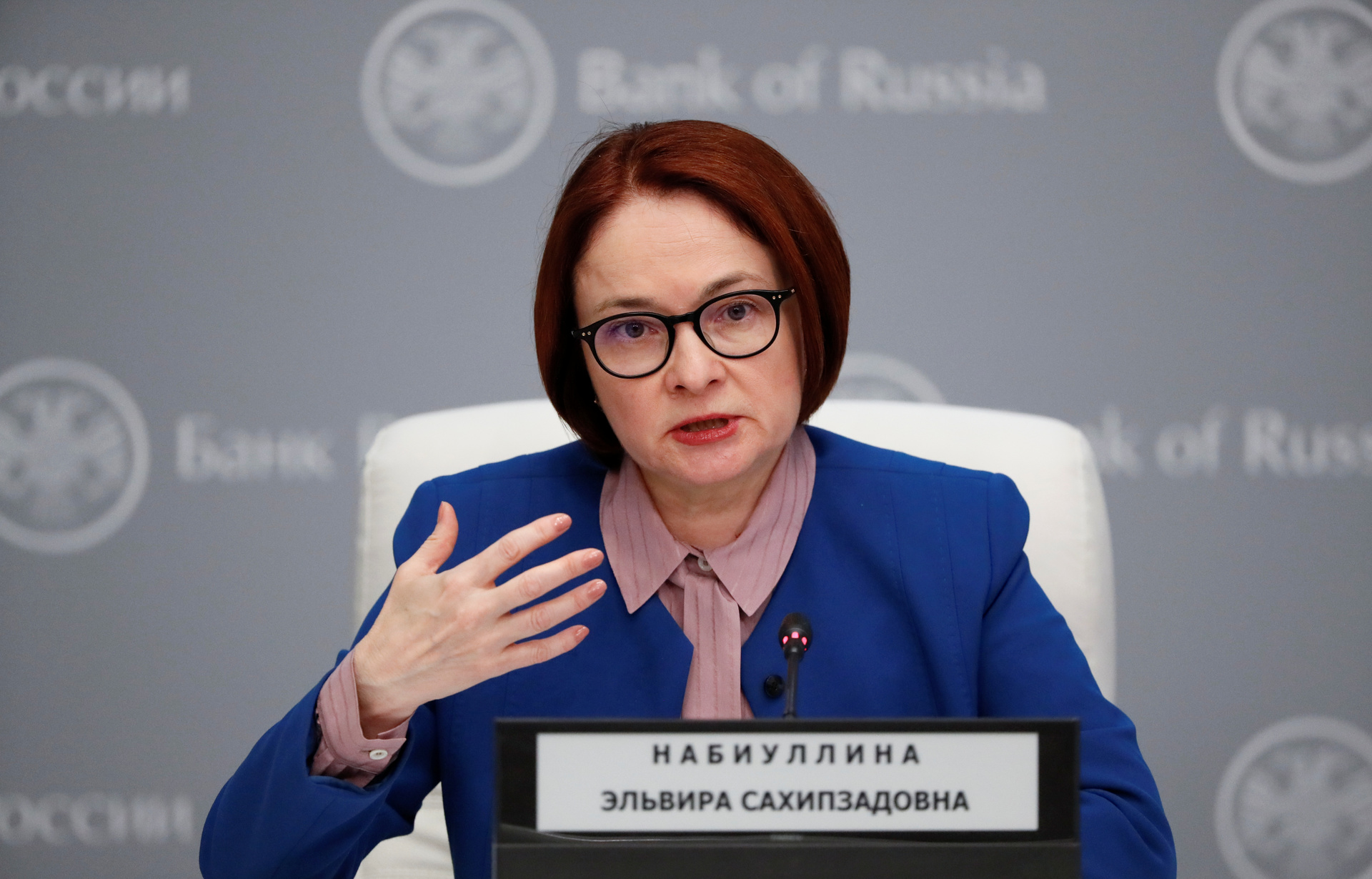On Friday, February 12, the Board of Directors of the Bank of Russia, following the results of the first meeting in 2021, kept the key rate at 4.25% per annum.
The Central Bank explained this decision by the need to curb the emerging rise in consumer prices.
“In December and January, the growth rate of prices remained at an increased level.
The recovery in demand is faster and more robust than previously expected.
At the same time, supply-side constraints remain, which continues to exert upward pressure on prices, ”the Central Bank said in a press release.
According to the regulator's estimate, in January, annual inflation in Russia accelerated to 5.2% (after 4.9% in December).
The value is at its highest since April 2019.
As explained in the Central Bank, the observed dynamics of the indicator is associated with the general rise in prices in the world commodity market, as well as with the weakening of the ruble in 2020.
According to experts from the Central Bank, annual inflation will reach its maximum in February-March, after which it will begin to decline.
So, already by the end of 2021, the indicator will return to the range of 3.7-4.2% and in the future will remain close to 4%, the Central Bank predicts.
“It is likely that in the near future inflation in Russia will reach 5.5%, which is significantly higher than the key rate of the Central Bank.
This has never happened in the country's modern history.
Following this, the rise in consumer prices will indeed slow down smoothly, "Vasily Karpunin, head of the information and analytical content department at BCS World of Investments, told RT.
Recall that in 2020 the Bank of Russia lowered its key rate from 6.25 to 4.25% per annum.
The indicator became the lowest in the entire post-Soviet period.
The actions of the regulator have become one of the main factors in supporting the population and business during the coronavirus pandemic.
This point of view in an interview with RT was expressed by the founder of the Balance-Platform company, Levan Nazarov.
“Last year, the regulator has repeatedly reduced the rate, which was simply necessary in a situation of crisis caused by quarantine restrictions.
The Central Bank's policy has led to a general decline in interest rates in the country.
As a result, borrowed funds have become more affordable for both citizens and commercial enterprises, ”Nazarov explained.
At the moment, experts from the Central Bank are already seeing signs of a recovery in the Russian economy.
According to the regulator's assessment, by the end of 2021, the country's GDP will show an increase of 3-4%, after a decline of 3.1% in 2020.
Moreover, the Russian economy may fully return to pre-crisis indicators by the end of 2021, and not by the middle of 2022, as previously assumed.
This was announced on Friday during a press conference by the head of the Central Bank Elvira Nabiullina.
“The fact that the situation (in the economy -
RT
) turned out to be better than expected is due to a number of reasons.
Firstly, during the autumn-winter period of the pandemic, there were no such strict restrictions as in the spring.
Secondly, both people and business were better prepared for the second wave and adapted faster, ”Nabiullina explained.
Elvira Nabiullina
© REUTERS / Shamil Zhumatov
It is noteworthy that a few days before the meeting of the Central Bank, experts from the International Monetary Fund (IMF) in their report called on the Central Bank to resume lowering the key rate and lower it below 4% per annum.
However, according to Elvira Nabiullina, the top management of the regulator did not consider such an option at a meeting on Friday.
Moreover, as the head of the Central Bank stressed, the period of cutting the key rate in Russia has already been completed.
“We consider the potential for easing monetary policy to be exhausted.
Its further mitigation could lead to an additional increase in pro-inflationary risks.
At the same time, on average, monetary policy will remain soft throughout 2021, supporting the recovery of the Russian economy, ”added Nabiullina.
According to her, in the future, the Bank of Russia will gradually return from a soft to a neutral monetary policy.
We are talking about a systematic increase in the key rate to the range of 5-6% per annum.
Upward course
According to Levan Nazarov, a possible increase in the key rate of the Central Bank to a neutral level will not lead to a noticeable rise in the cost of loans in Russia.
So, for example, the average interest on mortgages in the country will remain close to 7.5% per annum, the expert is sure.
At the same time, the actions of the Central Bank may have a positive effect on the dynamics of the Russian currency, experts say.
So, in the long term, the growth of the key rate should lead to an inflow of investments into the federal loan bonds (OFZ) market and thereby support the ruble.
OFZs are debt securities guaranteed by the Russian government.
Investors buy securities issued by the Ministry of Finance and receive a stable income from them.
In other words, holders of government bonds lend their money to the Russian economy.
The yield on debt securities directly depends on the interest rate set in the country.
Thus, if the borrowing rate of the Central Bank rises from the current 4.25 to 5-6% per annum, investments in OFZs will become more profitable for investors.
"In the future, an increase in the Central Bank rate, together with the persistence of high oil prices, may lead to a decrease in the dollar exchange rate to 65-67 rubles, and the euro exchange rate to 78-81 rubles," the head of the Alpari information and analytical center said in an interview with RT Alexander Razuvaev.

